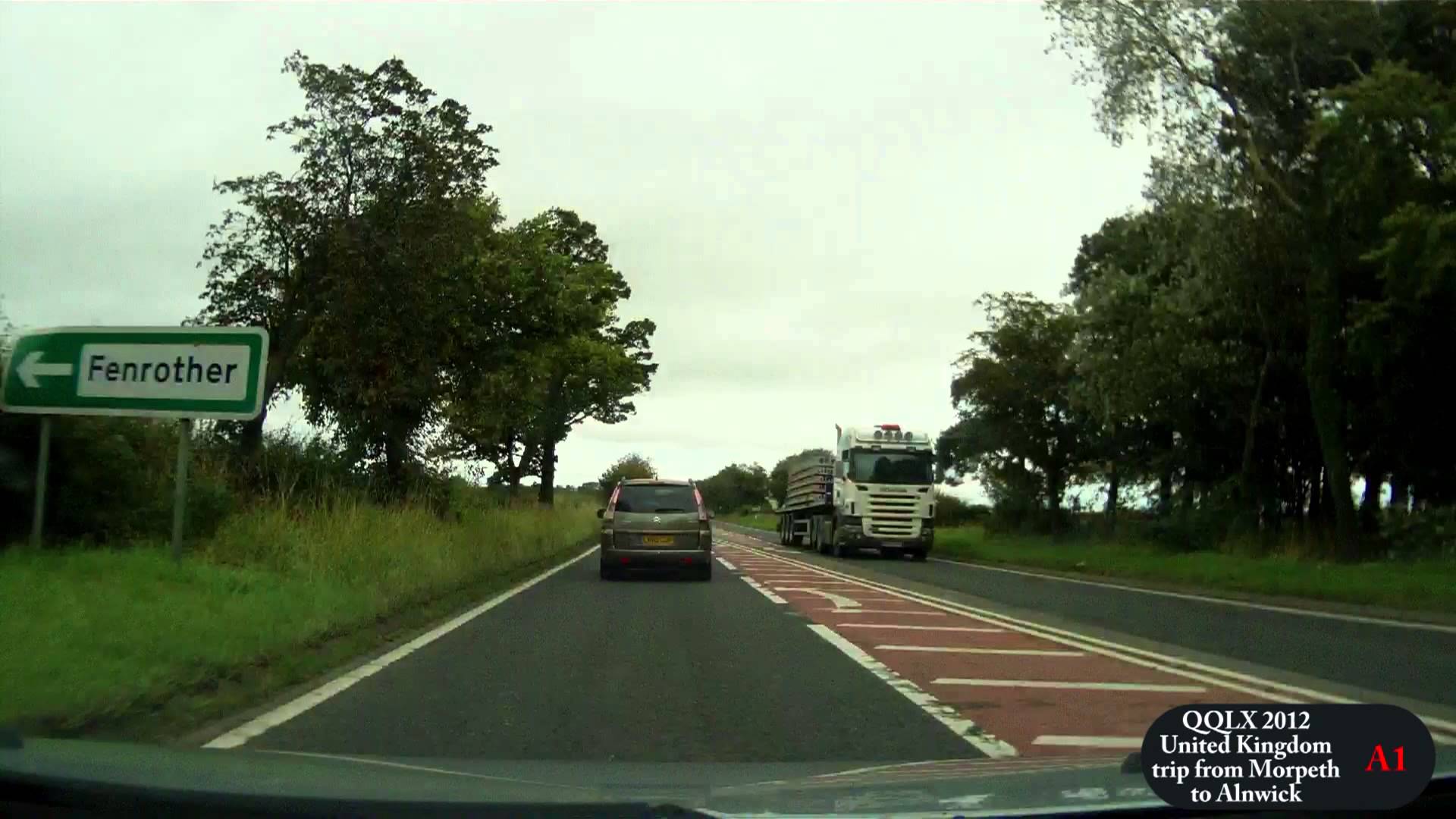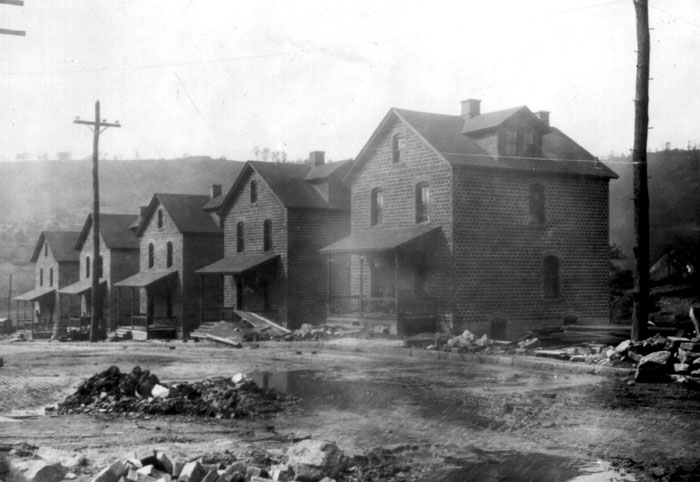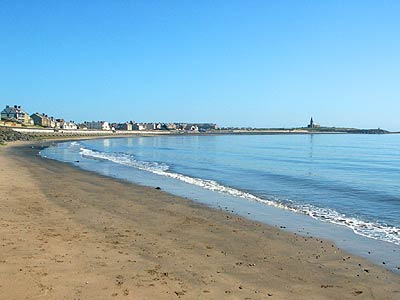The A1- NOT IN THE LOOP
We are constantly reminded of the economic divide between the prosperous South East of England and the less prosperous North East. Now that we have successfully campaigned to have the A1 classified as a strategic route we have to campaign to be ‘IN THE LOOP’
One of the reasons that the level of economic activity is considered to be behind the South East and other prosperous regions of the European community is that the transport infrastructure is so poor and not part of a strategic economic plan to link us with Scotland let alone Europe despite the obvious conclusion when looking at our assets that linking our ports with the A1 and having a motorway link between Teeside and Central Scotland would give us the basis for an economic infrastructure that can change our fortunes for decades and possibly centuries.
Key to our requirements is the A19 corridor linking our ports and hence linking our ports with an A1 motorway between Edinburgh and Teeside.
Glasgow and Edinburgh are connected by an ‘Economic Highway’ identified as the M8.
The M8 is connected to the M74 linking Glasgow with Carlisle by an ‘Economic Highway’.
The M74 is linked to the M6 connecting it with several ‘Economic Highways’ in the North West including the M5 to Bristol. The M4 links Bristol with a number of ‘Economic Highways’ that serve London including the M1 that joins the A1M etc. THE A1 between NEWCASTLE TO EDINBURGH IS THE ONLY ROAD IN GREAT BRITAIN THAT IS ‘NOT IN THE ECONOMIC LOOP’.
For decades lack of economic ambition has blighted our prospects in the North East because the obvious has not been recognised. Instead of developing a business plan for 21st century business in the North East the Department for Transport tell us that the levels of road usage on the existing A1 is inadequate to justify the level of investment required. Because we as a region have never previously put our case effectively Government Departments have come to see the A1 as a cul de sac that ends just North of the City of Newcastle upon Tyne; we have to change that view.
To emphasise the lack of vision let us make a comparison: In the middle of the 19th Century there was coal in abundance in the North East but getting the coal out of the ports was hazardous to vessels entering and leaving the ports; particularly the Tyne. The answer was to build two piers, one on the north side from Tynemouth and one from South Shields. That investment transformed the Tyne not only as a coal exporting port but also as a base for shipbuilding and created a skills base that was exported globally with many other spin-offs. For example: The experiences gained from building the piers gave the UK a world class reputation for building maritime structures from which our country continues to benefit and the wealth created was used to employ the craftsmen who built Grey street and other magnificent structures that are now part of the fabric of the city.
Linking Central Scotland with the whole of the North East of England has significant advantages for Scotland too because a high quality road link would provide ease of access to Northern Scotland, Eastern Scotland and the Borders as well as central Scotland, the oil refineries at Grangemouth and the Forth river generally.
The global recession emphasises our vulnerability in a global market unless we have the infrastructure to maximise our potential. The rivers Forth, Blyth, Tyne and Wear are underused and yet they are geographically the nearest to Scandinavia and the Baltic ports. The emerging economies of Eastern Europe are geographically nearer to the Baltic ports and hence the North East of England is nearer to Scandinavia than anywhere in the UK but we need a road traffic system that is ready to take advantage of opportunities as they arise.
An economic Highway between Teeside and Edinburgh would also impact on a wide range of other issues that need to be thought through in our business plan for the North East of England and Scotland. These include tourism, migration from the countryside, housing, carbon emissions, access to education etc. all of these issues make up the detailed elements of a business plan for the 21st century.
The sooner we get moving on this concept the better so that for the first time our region will be able to fulfil its potential.
Cllr Alan Thompson
Northumberland County Council
June 2011


